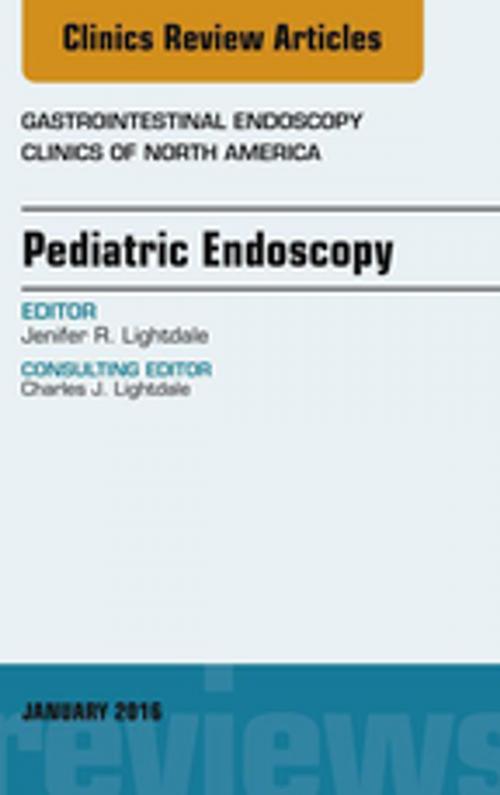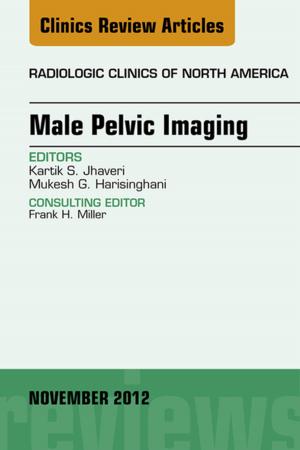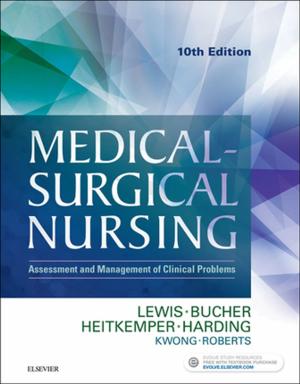Pediatric Endoscopy, An Issue of Gastrointestinal Endoscopy Clinics of North America, E-Book
Nonfiction, Health & Well Being, Medical, Specialties, Internal Medicine, Gastroenterology, Pediatrics| Author: | Jenifer R. Lightdale, MD | ISBN: | 9780323414524 |
| Publisher: | Elsevier Health Sciences | Publication: | January 19, 2016 |
| Imprint: | Elsevier | Language: | English |
| Author: | Jenifer R. Lightdale, MD |
| ISBN: | 9780323414524 |
| Publisher: | Elsevier Health Sciences |
| Publication: | January 19, 2016 |
| Imprint: | Elsevier |
| Language: | English |
Over a short few decades, the field of pediatric endoscopy has matured from the exploratory to the routine. Performance of endoscopic procedures in children is now a fundamental aspect of the practice of more than 2000 pediatric gastroenterologists in North America, and endoscopic instruments are increasingly being developed with an eye to their pediatric applications. Ensuring safe and effective endoscopy in children requires specific medical knowledge and technical competency, in addition to appropriately designed equipment and settings. Obtaining consent from parents, as well as assent from patients, for the purposes of performing diagnostic and therapeutic gastrointestinal procedures begins with a deep understanding of risks and benefits that endoscopy affords and is typically gained through formal training in the field. Diagnostic endoscopy may help to confirm common pediatric conditions including eosinophilic esophagitis and inflammatory bowel disease, while therapeutic procedures to treat strictures in the GI tract may help children avoid more invasive surgeries. Using endoscopy in children to achieve hemostasis or to remove commonly swallowed foreign bodies, such as lithium batteries or high-powered magnets, can be lifesaving, and the insertion of feeding tubes can help medically complex patients to thrive. In short, pediatric endoscopy is an integral component of healthcare for children, and gaining and understanding of its best practices may help all clinicians to better recognize its role in pediatric disease outcomes.
Over a short few decades, the field of pediatric endoscopy has matured from the exploratory to the routine. Performance of endoscopic procedures in children is now a fundamental aspect of the practice of more than 2000 pediatric gastroenterologists in North America, and endoscopic instruments are increasingly being developed with an eye to their pediatric applications. Ensuring safe and effective endoscopy in children requires specific medical knowledge and technical competency, in addition to appropriately designed equipment and settings. Obtaining consent from parents, as well as assent from patients, for the purposes of performing diagnostic and therapeutic gastrointestinal procedures begins with a deep understanding of risks and benefits that endoscopy affords and is typically gained through formal training in the field. Diagnostic endoscopy may help to confirm common pediatric conditions including eosinophilic esophagitis and inflammatory bowel disease, while therapeutic procedures to treat strictures in the GI tract may help children avoid more invasive surgeries. Using endoscopy in children to achieve hemostasis or to remove commonly swallowed foreign bodies, such as lithium batteries or high-powered magnets, can be lifesaving, and the insertion of feeding tubes can help medically complex patients to thrive. In short, pediatric endoscopy is an integral component of healthcare for children, and gaining and understanding of its best practices may help all clinicians to better recognize its role in pediatric disease outcomes.















